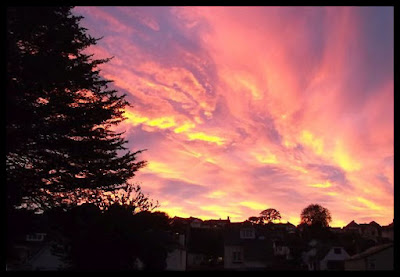Originally a small, industrial market town, Redditch was designated a new town in 1964 and the Redditch Development Corporation duly formed. The subsequent development specifically aimed for the overspill population coming from the West Midlands, notably from the city of Birmingham; the new town project largely completed in 1985 when the Corporation was wound up.
Redditch was the world centre of needle manufacturing, which was its principal industry, with fishing tackle the next largest production. One of the factories, Alcocks Fishing Tackle, enjoyed world reknown. It was later taken over by Norris-Shakespeare, then latterly known just as Shakespeare...a product well known to anglers. Other industries included the manufacture of springs and small pressings. Royal Enfield began its production of bicycles and motor bikes late in the 19th century, and BSA (Birmingham Small Arms) manufactured and tested rifles in one of its factories just outside the town itself. Many of the old industries disappeared following the start of development.
Below is a photo of one of the many needle mills in the town prior to re-development.
My colour photos were taken using an Instamatic during the very early 1970s when areas of the town centre were being cleared during Stage 1 of the development. Later on, before leaving Redditch in 1977 to live in Devon, I used a range finder camera for the b&w photos of the surrounding areas of housing which were left derelict before demolition.
Above shows a small disused factory (on the left of the first b&w photo), amongst a large area of old terraced houses and other buildings. I had a feeling that the factory was a small electrical business that produced transformers, and where I worked for a short time before going back to art college. A visitor to my website kindly confirmed that for me, and told me the name of the factory - R S M Transformers - where he also worked, although a couple of years later than my time there.
I've always had a fascination with derelict buildings and I'm glad that I took these as they are now history that can be used to document part of the development and what was there before. My only regret is that I didn't take more than I did, or any interior shots.
Standing on a bank the above photo was taken looking down into what may have been a coal cellar. Now full of bricks, wood from door & window frames and a dead christmas tree.
One of the many corner shops above, with a lovely old 'ghost ad' showing its original ownership. This one was situated on Beoley Road.
Above and below are photos of the old bus depot with its interesting features...especially the large Dioclesian window above the front entrance. The building next to it on the corner, in the photo below, was part of the Unemployment Exchange and the adjacent road contained many lovely old buildings used as professional offices, such as Solicitors and Accountants.
Evesham Street with its delightful old shop fronts, in the photos below. The opposite side of the road was cleared when the new Kingfisher Shopping Centre was built during the first Stage. The centre was later extended outwards.
Known as 'Smokey Joe's', although actually called George's Cafe, this was a real working mans' cafe full of steam, fried breakfasts and cigarette smoke. I went in there once! ;)
Parallel to Evesham Street was Ipsley Street, above and below, showing when most of the right side had been cleared. On the left where the buildings remain was my old infant school and, more importantly, the Redditch Youth Club. The club was so amazingly good - comprising a large gym hall for tennis & badminton, long room with table tennis, snooker table, reading snug, cafe & seating area, another large room for specific meetings, such as the drama club, and a full sized dance hall, and had many well-known bands playing there - that people used to visit from miles around. I practically lived my life there from the age of 16 to 20!
One rather newsworthy event occured after completion of the new Kingfisher Shopping Centre, when six extremely tall palm trees were imported from Spain for planting inside on the ground floor. They each had to be transported on their own specially commissioned flat-bed lorry, and many townspeople turned out to watch them arrive. I worked for one of the local newspapers 'The Redditch Advertiser' at the time, and we had a grandstand view from the top windows of them trundling past.
Further out towards Crabbs
Cross was this lovely abandoned farmhouse. Strewn around the area were
also several piles of pipes for underground utilities, so presumably
this land was earmarked for development too...possibly housing. Having moved
away from the area in 1977, I therefore didn't see any further
development.
And just to illustrate how some of us locals felt about the development, the Redditch Development Corporation was nicknamed 'The Red Devils'! ;)










































